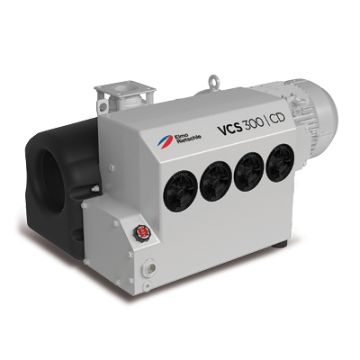Applications For Vane Pumps
Oil-lubricated rotary vane pumps find diverse applications across various industries. In chemical and pharmaceutical processes, they are instrumental in processes such as crystallization, degassing, distillation, drying, evaporation, fractionation, impregnation, supercooling, and vacuum coating through sublimation. Additionally, they play a crucial role in vacuum filtration and environmental engineering processes like aeration and dust extraction systems. In the realm of food processing, vane pumps are integrated into bottling and filling machines, and cutting machines, ensuring efficient industrial operations. Similarly, in industrial applications, they are vital components in drying systems, dust extraction systems, industrial furnaces, and vacuum hold-down mechanisms. The packaging industry benefits from rotary vane technology through centralized vacuum systems, packaging machines, and pneumatic conveying systems. Lastly, in the woodworking industry, the vanes are essential for dust extraction systems and vacuum hold-down mechanisms, contributing to the efficiency of woodworking processes.
Dry running rotary vane pumps play a pivotal role in several industries, demonstrating their versatility and efficiency. In the field of environmental engineering, these pumps are utilized for aeration processes, ensuring the effective oxygenation of various environmental systems. In industrial applications, they are indispensable for tasks such as lifting and holding objects, as well as facilitating pick and place operations and streamlining production processes. Furthermore, rotary vane pumps are integral components in the packaging industry, powering packaging machines that are essential for the efficient packaging of products. In the printing industry, dry-running rotary vane pumps find their application in post-press operations, enhancing the quality and speed of printing presses. Additionally, in the woodworking industry, vane pumps are crucial for vacuum hold-down systems, securing materials in place during various woodworking processes, thereby ensuring precision and safety.
 USA (EN)
USA (EN)
